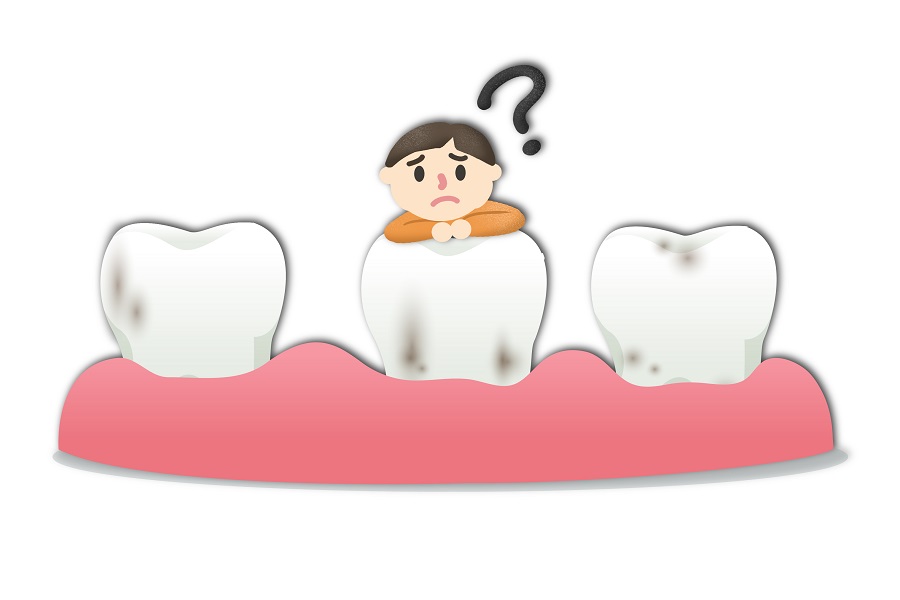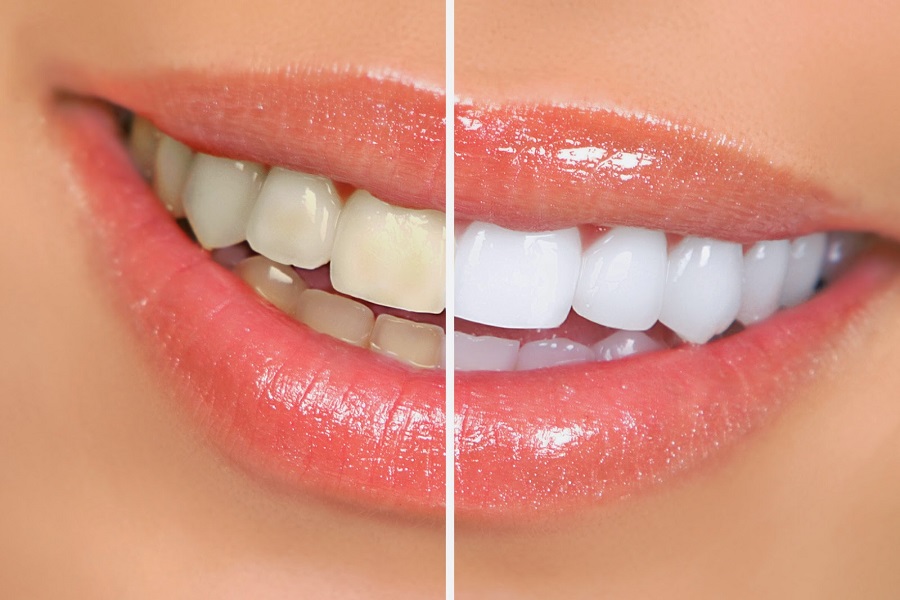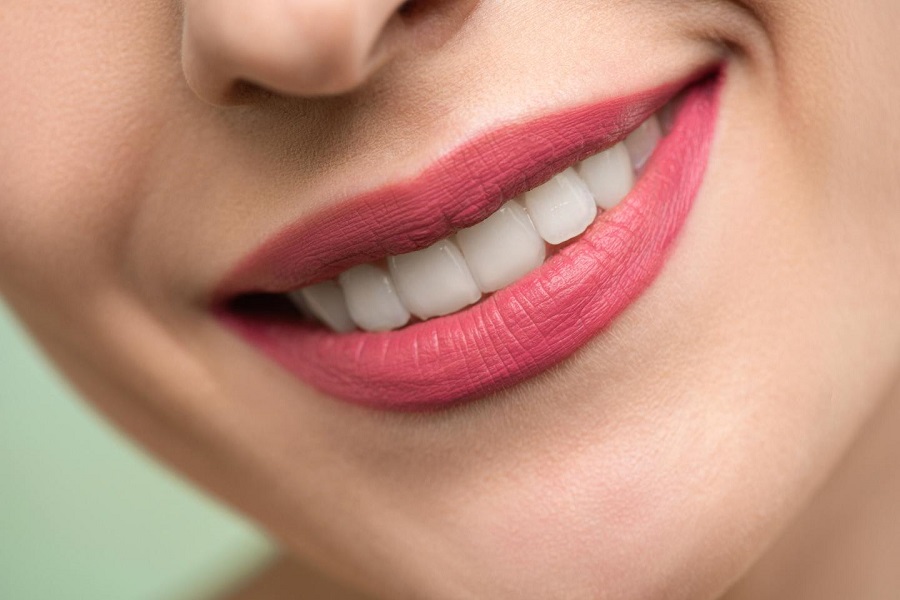Conventional tooth bleaching is to use the oxidation and decomposition of bleaching agents such as hydrogen peroxide to bleach colored teeth. The disadvantage is that it can lead to tooth sensitivity, gum irritation, changes in dentin hardness and surface structure, etc. Cold light source tooth whitening is a technique in which bleaching agent is applied to discolored teeth, and a light source with low heat is irradiated on the teeth to speed up the bleaching process. Cold light whitening technology not only has a good whitening effect on mildly discolored teeth, but also reduces damage to the pulp due to the small heat generated by the light source during the treatment process.
At present, the main methods of teeth whitening are: conventional teeth whitening, cold light source teeth whitening, teeth laser whitening, restoration treatment and so on. There are pros and cons in actual use, so it is impossible to say which is better and which is not better. Restorative treatment of teeth is mainly used for moderate and severe enamel hypoplasia, fluorosis and tetracycline teeth. Because these conditions are more serious, the above-mentioned bleaching method cannot achieve the desired effect. Restorative treatment methods include: composite resin coating restoration, dental veneer technology and porcelain or all-ceramic crown restoration. The disadvantage of these restorative treatments is that they cause damage to the teeth, and may also cause porcelain chipping, restoration discoloration, and gingivitis. Laser teeth whitening is a method of bleaching the teeth by applying a bleaching agent to the surface of the discolored teeth and then irradiating the teeth with laser light. Studies have found that laser teeth whitening can not only achieve good bleaching results, but also shorten the time of teeth bleaching treatment. Due to the relatively short period of time since the introduction of tooth laser whitening technology, only short-term effects can be observed, while long-term effects require time to test.
Advertisements
The magic formula makes you beautiful from the “tooth”
Advertisements
Related Posts
Popular Articles
SAS Hero Told He Has 10 Years to Live at Wisdom Teeth Check
Bob Perry, a 70-year-old SAS veteran, was diagnosed with a rare cancer after having his wisdom teeth removed. He was...
Latest Posts
Tags
alveolar bone bad breath black teeth bleeding gums cold light whitening crooked teeth cure dental care dental implant dental implants Dental Insurance dentures discolored teeth disease gingivitis Gum Disease misaligned teeth oral disease orthodontic orthodontic care orthodontics orthodontic treatment periodontal disease periodontitis permanent teeth porcelain teeth teeth teeth cleaning teeth white teeth whitening teeth whitening methods Teeth Whitening Strips tooth tooth decay tooth extraction tooth filling ultrasonic cleaning underbite whitening whitening toothpaste white teeth wisdom teeth wisdom teeth extraction wisdom tooth yellow teeth

Panda Oral – oral and dental health consultants around you, providing orthodontic, tooth whitening, dental implants, scaling, filling, extraction, dental implants, dental caries, wisdom teeth, bad breath, bleeding gums, oral ulcers, periodontal disease for patients with dental diseases It can help you solve oral problems easily.【Contact us: [email protected]】
Recent News
Copyright © 2023 PANDA ORAL - Oral_Oral health_oral hygiene_oral care_dental health_dental oral surgery




























